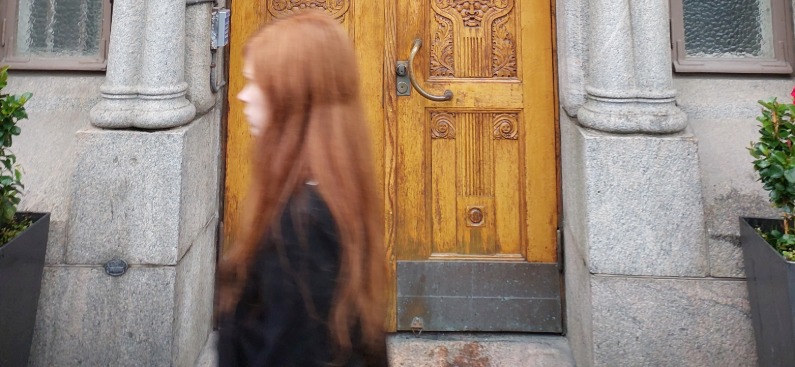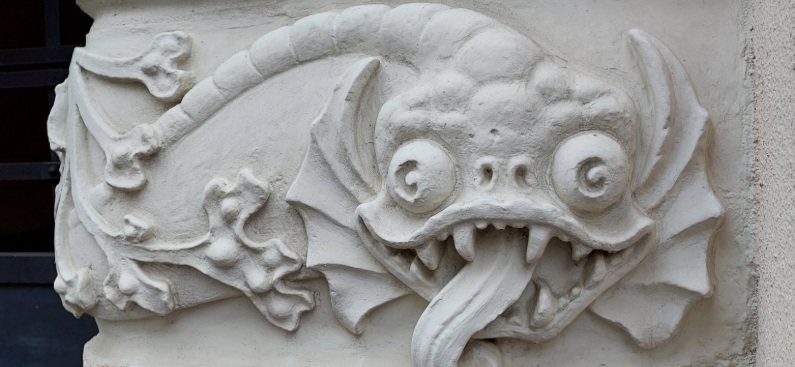For the eighth consecutive year, Finland has been crowned the happiest country in the world, according to the World Happiness Report 2025, published on Thursday. This annual report, produced by the United Nations Sustainable Development Solutions Network in collaboration with Gallup, evaluates countries based on factors such as income, social support, life expectancy, freedom, generosity, and trust. This year, for the first time, the report introduced benevolence as a key factor in gauging well-being, emphasizing the importance of kindness and trust in shaping happiness.
Finland’s consistent top ranking underscores its exceptional quality of life, making it a global model for happiness and well-being. Meanwhile, the United States has fallen to its lowest-ever position in the rankings, dropping to 24th place, a stark contrast to its peak at 11th in 2012.
What makes the people in Finland so happy?
Finland’s success in achieving such high levels of happiness and quality of life can be attributed to a combination of cultural, social, and governmental factors. The country’s robust welfare state ensures access to high-quality healthcare, education, and social services for all citizens. The government prioritizes equality, offering free or heavily subsidized education from preschool to university, as well as universal healthcare. This safety net reduces stress and fosters a sense of security.
Finns also enjoy a healthy work-life balance, with a standard 40-hour workweek and a minimum of five weeks of paid vacation annually. Flexible working hours and remote work options are widely encouraged, allowing individuals to spend more time with their families and pursue personal interests. Additionally, Finland is known for its transparent and efficient governance. Citizens have a high level of trust in their government and public institutions, which are consistently ranked among the least corrupt in the world. This trust fosters stability and fairness in society.
The country’s deep connection to nature also plays a significant role in its happiness. With over 70% of its land covered in forests and 188,000 lakes, Finland offers unparalleled access to nature. Finns have a cultural connection to the outdoors, and activities like hiking, skiing, and foraging are integral to their lifestyle. This connection to nature is scientifically proven to reduce stress and improve mental well-being.
Benevolence as a new factor in measuring happiness
For the first time, the World Happiness Report 2025 has introduced benevolence as a key factor in gauging well-being. The report suggests that people’s belief in the kindness of others is a strong predictor of overall happiness. For example, the likelihood of having a lost wallet returned is a significant indicator of societal trust and well-being.
Nordic nations, including Finland, rank among the top countries for both expected and actual return of lost wallets. The study found that actual rates of wallet return are around twice as high as people expect, indicating that people often underestimate the kindness of their communities. This optimism gap—between perceived and actual benevolence—has a direct impact on happiness levels.
Global trends and notable changes
The 2025 report revealed several key global trends. Nordic countries continue to dominate the top rankings, with Denmark, Iceland, and Sweden securing the 2nd, 3rd, and 4th spots, respectively. Costa Rica and Mexico entered the top 10 for the first time, ranking 6th and 10th, respectively. Despite its ongoing conflict with Hamas, Israel secured the 8th spot, reflecting its strong social cohesion and community support.
On the other hand, the United States dropped to its lowest-ever position at 24th, a significant decline from its peak at 11th in 2012. The report notes that the number of people dining alone in the U.S. has increased by 53% over the past two decades, highlighting growing social isolation. At the bottom of the rankings, Afghanistan remains the unhappiest country, followed by Sierra Leone and Lebanon. Afghan women, in particular, reported especially difficult living conditions.
The science behind happiness
The report emphasizes that happiness is strongly linked to seemingly simple factors such as sharing meals, having social support, and living in a household of four to five people. Believing in the kindness of others, such as the likelihood of having a lost wallet returned, significantly influences happiness. Researchers found that people’s belief in the kindness of others is a strong predictor of overall happiness. Nordic countries, which consistently rank high in the happiness index, also report high levels of wallet return rates. For example, in Finland, most people believe a lost wallet will be returned—and they are often correct.
Lessons from Finland for the world
Finland’s success offers valuable lessons for other nations striving to improve their citizens’ quality of life. Investing in social welfare reduces inequality and ensures that basic needs are met for all citizens. Promoting work-life balance through flexible work policies and ample vacation time can enhance well-being and productivity. Fostering trust and transparency in institutions creates a more stable and fair society. Prioritizing mental health and encouraging connection to nature can significantly improve happiness.
Quotes from Finnish residents
Jouni Purhonen, a Helsinki resident, attributes Finland’s happiness to its calm and peaceful way of life:
“We are really calm. So we have the time to think about things like living our life really peacefully and easily, if you will.”
Alexandra Peth, a managing director in Helsinki, emphasizes the importance of trust in Finnish society:
“People trust each other in Finland, and on many levels in society, we try to support each other. So I think the system makes it kind of that you can trust it somehow.”
Aino Virolainen, a digital commerce director who has lived abroad, highlights Finland’s natural beauty:
“And the nature, of course. It’s clean, and the air is fresh. What’s there not to love?”
Top 10 Happiest countries in 2025
- Finland
- Denmark
- Iceland
- Sweden
- Netherlands
- Costa Rica
- Norway
- Israel
- Luxembourg
- Mexico
Finland’s eighth consecutive top ranking in the World Happiness Report is a testament to its commitment to equality, trust, and well-being. By prioritizing social welfare, work-life balance, and community, Finland has created a society where happiness and quality of life thrive. As the world continues to grapple with challenges like inequality, climate change, and mental health crises, Finland’s example offers a roadmap for building happier, healthier societies.
The introduction of benevolence as a factor in the 2025 report underscores the importance of kindness and trust in shaping happiness. As the data shows, believing in the goodness of others—and living in a society where that belief is justified—can have a profound impact on our well-being. For now, Finland remains a beacon of happiness, proving that true wealth lies not in material possessions but in the quality of life and the strength of community.
Finland as a tourist destination – and the magic of art nouveau in Helsinki
Finland is a captivating destination for travelers seeking a blend of natural beauty, cultural richness, and modern innovation. Known for its pristine forests, crystal-clear lakes, and the magical Northern Lights, Finland offers a unique experience for nature enthusiasts. In the vibrant capital city of Helsinki, visitors can explore a mix of contemporary design and historic architecture, including the iconic Helsinki Cathedral and the bustling Market Square. Helsinki is also a gateway to Finland’s renowned sauna culture, where locals and tourists alike unwind in traditional wood-heated saunas. Whether you’re drawn to the tranquility of Finnish Lapland or the cosmopolitan charm of Helsinki, Finland promises an unforgettable journey.
Helsinki is a treasure trove of Art Nouveau architecture, with its elegant buildings adorned with intricate details, flowing lines, and nature-inspired motifs. The city’s Art Nouveau heritage is best explored in neighborhoods like Katajanokka and Eira, where stunning facades and ornate doorways tell the story of early 20th-century design. Highlights include the National Museum of Finland and the Central Railway Station, both masterpieces of the Art Nouveau movement. For those eager to delve deeper into this architectural style, Helsinki offers a unique opportunity to step back in time and marvel at the creativity of an era that celebrated beauty and craftsmanship.
For travelers passionate about Art Nouveau, artnouveau.club offers exclusive private tours and experiences in Helsinki and other European cities. Their expertly curated tours provide an in-depth look at the Art Nouveau gems of Helsinki, led by knowledgeable guides who bring the history and artistry of the movement to life. Whether you’re exploring the ornate facades of Katajanokka or uncovering hidden architectural details, these tours offer a personalized and immersive experience. Artnouveau.club also organizes tours in other European cities like Brussels, Riga, and Barcelona, making it the perfect resource for Art Nouveau enthusiasts planning a multi-city journey. When planning your trip to Helsinki or another Art Nouveau destination, be sure to visit https://artnouveau.club/city/helsinki to book a tour that will transform your travel experience.


